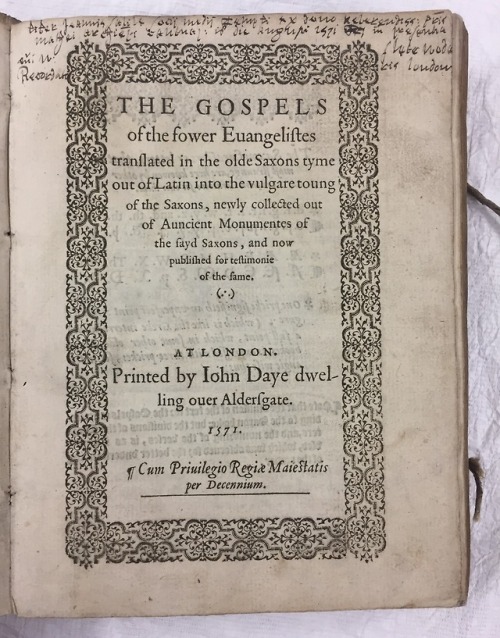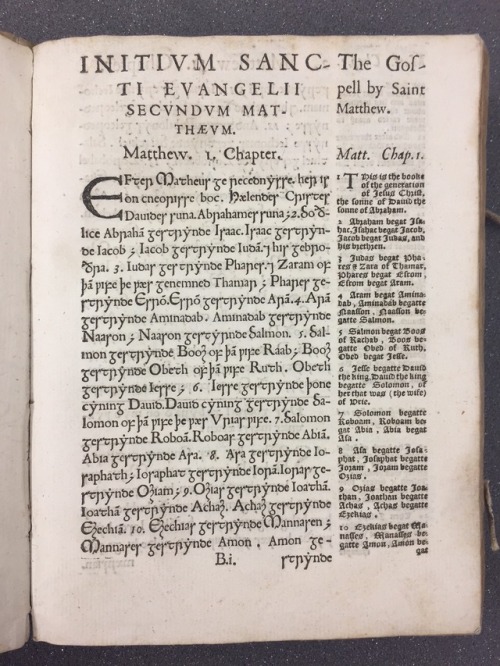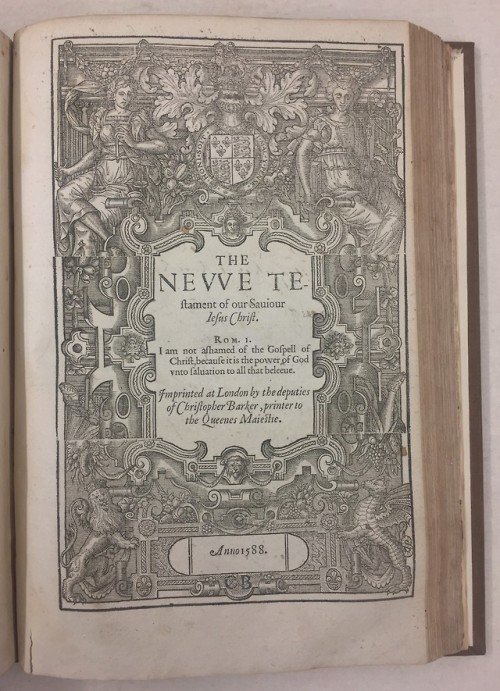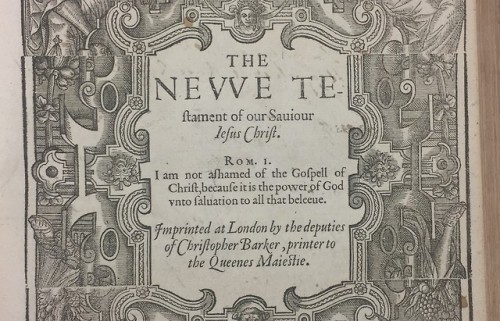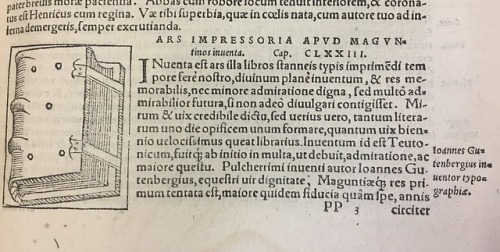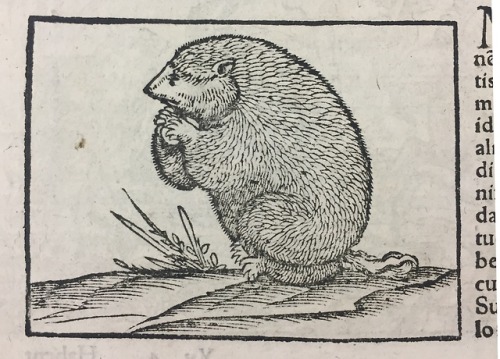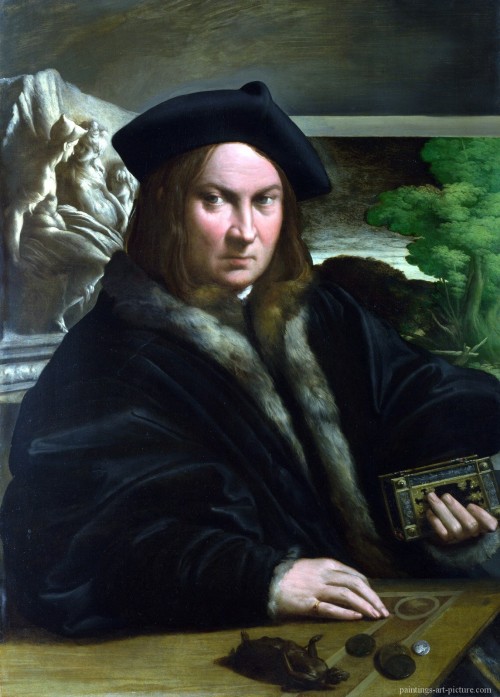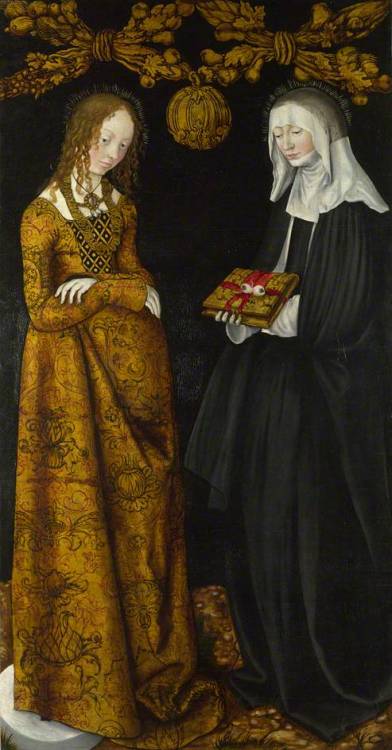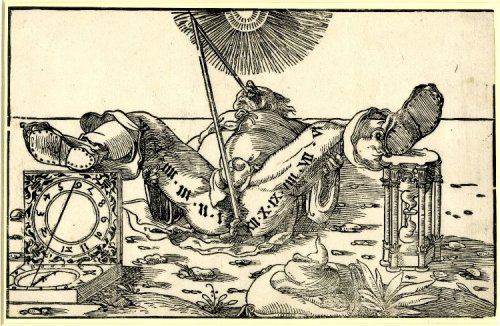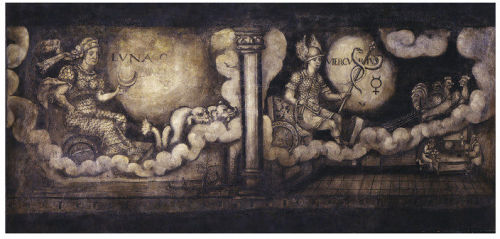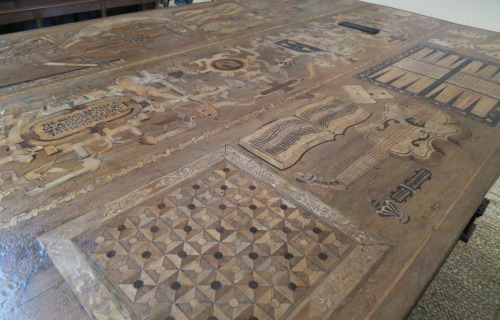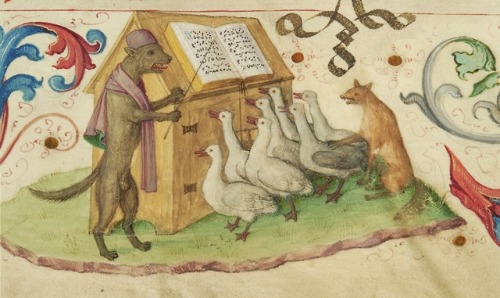#sixteenth century

Welcome to the Tudor Court

Joseph Interpreting the Dreams of His Fellow Prisoners Artist: Master of the Story of Joseph (Netherlandish, ca. 1500) Medium: Oil on wood Dimensions: Diameter 61 ½ in. (156.2 cm) Classification: Paintings Credit Line: Harris Brisbane Dick Fund, 1953 Accession Number: 53.168 Metropolitan Museum of Art

Dortmund, Petrikirche, altar, painted panels,It was commissioned in 1521 from Jan Gilleszoon Wrage sculptor, and Adriaan van Overbeck, painter, of Antwerpen. Here, the birth of Mary.

Sweet is the trust that springs from hope, without which we could not endure life’s many and almost unbearable adversities
Spes(Hope) - Brueghel(around 1560)
This gravure was designed by Pieter Brueghel the Elder and engraved by Philips Galle. It was published by Hieronymus Cock.
On the bottom it reads: “Iucundissima est spei persuasio, et vitae imprimis necessaria, inter tot aerumnas peneq(ue) intolerabilis.”
(x)

Fête des fous (1559), engraving by Pieter Van der Heyden (after Pieter Brueghel)
Best wishes for the new year!
First edition of the Gospels in Anglo-Saxon, with parallel text in English. It is one of four books printed in Anglo-Saxon types by John Daye for Matthew Parker (1504-1575), Archbishop of Canterbury, who in 1574 left his marvellous collection of over 600 medieval manuscripts to Corpus Christi College, Cambridge.
What is notable about the Alexander Turnbull Library copy is the inscription found on the title-page, which notes that this book was presented as a gift by Parker to the lawyer and MP Sir John Savile (1546-1607) of the Middle Temple on 15 August 1571.
The volume was received by the Turnbull Library in 1974 as part of the Sir Arthur Howard bequest.
–
The Gospels of the fower Euangelistes translated in the olde Saxons tyme out of Latin …London: Iohn Daye, 1571, Alexander Turnbull Library, Howard 25.
Post link
You had one job …
In late 1587, Christopher Barker (ca. 1529-1599) - printer to Queen Elizabeth I - turned over the day-to-day operation of his business to his deputies George Bishop and Ralph Newbery and retired to his country estate.
The following year the firm published an edition of the Bible. It appears, however, that quality control lapsed a little. These images of the New Testament title-page show that two of the blocks in the border were placed upside down - an act that may have left Barker wondering if he made the right decision were he informed of the error.
–
The Holy Bible … Imprinted at London: by the Deputies of Christopher Barker, 1588, Alexander Turnbull Library, qREng BIBLE 1588.
Post link
More often than not, when searching for a particular item on the shelf or section of text within a book - in this case, mention of Johannes Gutenberg in Sebastian Munster’s Cosmographia(Basel, 1572 edition) - you stumble upon something unexpected or interesting or both, such as this rather charming woodcut of a slightly nervous looking groundhog.
Sebastian Munster, Cosmographia universalis. Basel: Henricus Petrus, 1572, Alexander Turnbull Library, qRSwiss MUNS Cosm 1572.
Post link
Lucas Cranach the Elder, Saints Christina and Ottilia, 1506. National Gallery, London.
Saint Christina is shown standing on her attribute, the millstone, as according to her legend she was thrown into Lake Bolsena in Tuscany after converting to Christianity (a trial she miraculously survived). Saint Ottilia (aka St Odile of Alsace) is said to have miraculously recovered her sight after being baptised by Saint Erhard of Regensburg; her eyes are balanced on the book she is carrying.
More information: http://www.nationalgallery.org.uk/paintings/lucas-cranach-the-elder-saints-christina-and-ottilia
Post link
‘The Human Sundial’, copy after Peter Flötner, c.1540-1550
A satrical print on the contemporary taste for elaborate clocks and watches. 'Large amounts of excrement throughout’. British Museum. More information here: http://www.britishmuseum.org/research/collection_online/collection_object_details.aspx?objectId=1439793&partId=1
Post link
Luna and Mercury, grisaille painted panel plaster from the upper frieze of a room at Stodmarsh Court, nr. Canterbury, Kent, c.1590-1610. The astrologer and alchemist in the bottom right hand corner allude to the contemporary beliefs about the powers of the planets to influence human behaviour and health. Victoria and Albert Museum.
More information: http://collections.vam.ac.uk/item/O62376/luna-and-mercury-plaster-panel-painted-panel-solis-virgil/#
Post link
“I am the true grene and goulden Lyon, without cares.
In me all the Secretts of the philosophers are hidden.”
Green Lion Devouring the Sun, from ‘The Rosary of the Philosophers’, 1588. “Hunting the green lion” was the code Isaac Newton used to describe his alchemical experiments. The green lion devouring the sun represents the moment when a base metal turned into gold; it was believed by some that the colour green would be seen at the moment of alchemical transformation.
Post link
Eglantine Table, Hardwick Hall, C16th.
More beautiful images from Hardwick Hall can be found here: http://arizonatraveler.blogspot.co.uk/2012/10/bess-of-hardwick-hardwick-hall.html
Post link
The Great Bed of Ware, Victoria and Albert Museum, 1580, now back in the V&A after spending a year in Ware: http://www.greatbedofware.org.uk/index.html
The bed is mentioned in Shakespeare’s Twelfth Night, and it is elsewhere recorded that six couples once spent the night in it, “for a frolick”…
Post link
Claude Paradin
The accompanying motto to this emblem is “Vis nescia vinci” or “Force that cannot be overcome with force.”
Source:French Emblems at Glasgow database,Penn State University Libraries Digital Collections
Post link
Woodcut from Johann Wolf’s ‘Lectiones Memorabiles et Reconditae,’ a commonplace book published in 1600 of “everything strange, wonderful, terrible, incredible and impossible which the author could find in all literature of the previous sixteen centuries.” It depicts a creature reported to have washed up in the Tiber River in 1496, during the papacy of Alexander VI (Rodrigo Borgia). To Wolf, it “represented the form of the Roman papacy so perfectly and splendidly that it could not be the work of any human being but must be accepted as God’s own representation of the papal abomination.” Wolf believed Borgia “addressed himself to black magic…promising obedience to the devil,” expressing a popular idea contemporary to Borgia’s time and one that persisted in Wolf’s and beyond.
J.N. Hilgarth, “The Image of Alexander VI and Cesare Borgia in the Sixteenth and Seventeenth Centuries,”Journal of the Warburg and Courtauld Institutes 59 (1996): 120-121.
Post link
My latest discovery: a whimsical illustration from the medieval “Geese Book” “ (Das Gansebuch in German), a lavishly illuminated liturgical book from the early 16th century.
A wolf, dressed as a cantor, is conducting a choir of geese while a fox is sneaking up to capture his evening meal.
The Geese Book was produced in Nuremberg, Germany between 1503 and 1510, and gives the complete liturgy compiled for the parish of St. Lorenz, which was used until the Reformation was introduced in the city in 1525.
This website contains a digital facsimile allowing, for the first time, unrestricted access of the book’s 1120 pages. Users can listen to chants characteristic of the liturgy of the 16th century, performed by the renowned Schola Hungarica of Budapest.
Post link


